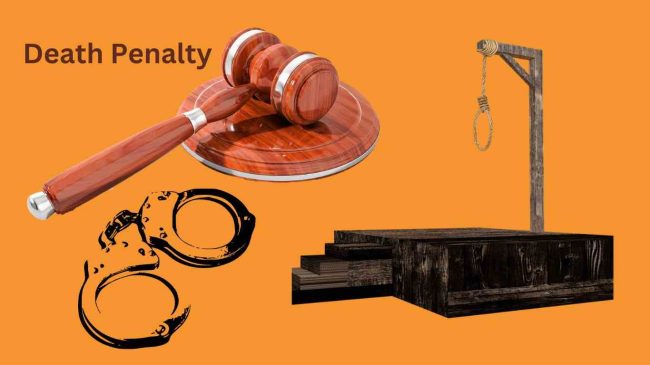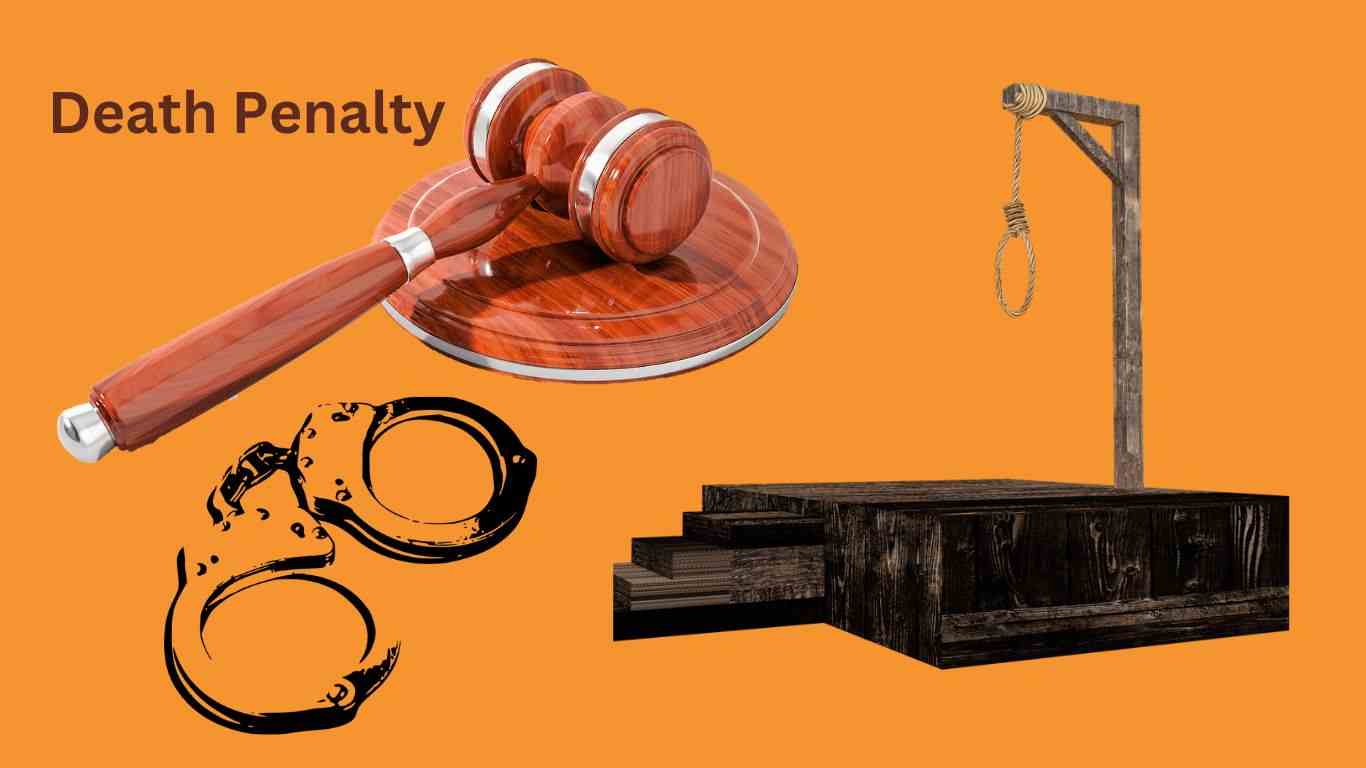The death penalty, also known as capital punishment, is a legal process where a person is sentenced to death by the state as a punishment for a crime
The death penalty, also known as capital punishment, is a legal process where a person is sentenced to death by the state as a punishment for a crime. Typically, capital punishment uses for serious offenses such as murder, treason, espionage, or other egregious crimes depending on the jurisdiction. The methods of execution vary across different regions and historical periods, including methods such as hanging, firing squad, lethal injection, electrocution, gas chamber, and more.
The death penalty has been a subject of intense debate globally. Supporters argue that it serves as a deterrent to crime, provides justice for victims and their families, and can be an appropriate punishment for particularly heinous crimes. Additionally, there are concerns about racial and socio-economic biases in its application. As well as the possibility of irreversibly ending the life of a person who could potentially exonerate with new evidence. As a result, many countries and jurisdictions have either abolished the death penalty altogether or placed moratoriums on its use.
Table of Contents
History of The Death Penalty
The first concept of the death penalty comes from the Babylon civilization before the 18th century. Babylon was an ancient city. The Code of Hammurabi made the death penalty for 25 different offenses, first in Babylon. The first law to make all punishment of the death penalty for the Draconian laws of Athens was in the 17th century BC. Death penalty for all types of crime was based on the Twelve Tables laws for Romans. At that time executions may carry out by drowning, crucifixion, flogging and impalement.

The Execution of Capital Punishment
55 countries in the world have death penalty rules according to the statistics of 2022 by Amnesty International. The process of execution is not the same as the whole world.
Decapitation
Decapitation is a method of execution where a person’s head is severed from their body. Historically, decapitation used as a form of capital punishment in various cultures and societies. It carried out through methods such as beheading with a sword, axe, guillotine, or other sharp instruments.
At present, only the Kingdom of Saudi Arabia applies this process to the execution of the death penalty. This execution is generally in open places on Fridays after the Jum’a prayer.
How to Boost Mental Health and Manage Stress?
Firing Squad
“Firing squad,” which typically refers to a method of execution where a group of individuals, usually soldiers, shoot at a person simultaneously. This method used by historically in various countries as a form of capital punishment. This is an old system of the execution process running in various countries with the USA.
Electric Chair
The electric chair is a process of execution where criminals are sentenced to death and are executed by electrocution. In this process, they use a chair made of OWK’s tree with an electric line especially. They also use a helmet with an electric line for the sentenced person here. At present, this process is running in the USA.

Hanging
Hanging was made and run by Britain in the 10th century. The hanging is a method of accomplishment where a person is suspended by the neck, typically using a rope, until they are dead. It has been a common form of capital punishment throughout history and is still practiced in some countries now, although its use has significantly declined in recent times.
This has been subject to criticism and debate due to concerns about its brutality and potential for causing lengthy suffering if not carried out properly. As a result, many countries that still retain capital punishment have shifted towards more “humane” methods, such as internecine injection.
Toxic Injection
This execution is running now in the USA, China and Vietnam. Damning injection involves injecting a combination of drugs into the condemned person’s body, typically through an intravenous line, to cause death.
The drugs used in lethal injection typically include a sequence of three substances:
- An anesthetic or sedative to induce unconsciousness and prevent pain.
- A paralytic agent to immobilize the muscles and stop breathing.
- A substance to induce cardiac arrest and cause death.
Read more from:
10 effective Ways to Support Your Mental Health
Throwing Stones
In this way, a condemned person firstly, buried or tied and then stoned for execution. This system partially applied in Afghanistan, Iran and Pakistan. Throwing stones as execution was conventional in the Islamic period.
Application of nitrogen gas
In this method, a respirator mask worn over the face of the accused in case of execution. Then supply pure nitrogen gas through that musk to the lungs of the accused without supplying oxygen. Three US states got permission for this system as executed in Oklahoma. Alabama and Mississippi.
Conclusion
Many countries and states have abolished the death penalty altogether, while others retain it but have placed moratoriums on its use or have significantly restricted its application. The trend globally has been towards abolition, with the majority of countries now having either abolished the death penalty in law or in practice.

COMMENTS